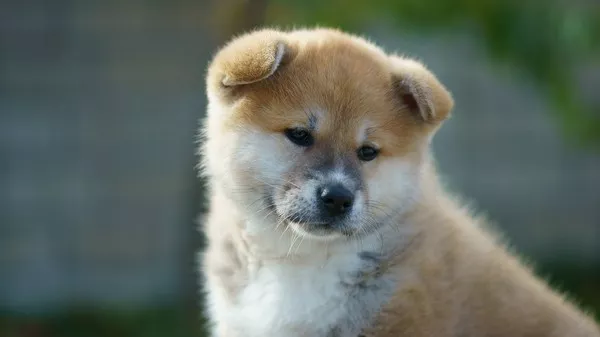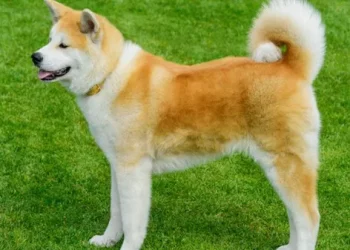Bringing home a new Akita puppy can be an exciting time for any dog owner. One of the most important things to tackle right away is potty training. Potty training an Akita puppy can be a challenging task, but with consistency, patience, and a positive attitude, it can be done successfully. In this article, we will go over the steps necessary to properly potty train an Akita puppy.
Establish a Routine
The first step in potty training your Akita puppy is to establish a routine. Puppies thrive on routine and consistency, so set up a schedule for feeding, playtime, and potty breaks. Take your puppy outside first thing in the morning, after meals, after naps, and before bedtime. Consistency is key in developing a routine that works for both you and your puppy.
Choose a Potty Spot
Choose a specific spot in your yard where you want your Akita puppy to go potty. Take them to this spot every time you take them outside for a potty break. The scent of their previous potty breaks will encourage them to go in the same spot.
Reward Good Behavior
When your Akita puppy goes potty in the designated spot, be sure to praise and reward them immediately. Use positive reinforcement such as treats, verbal praise, and playtime to reinforce good behavior. This will encourage them to continue to go potty in the designated spot.
Supervise Your Puppy
Supervision is important in potty training an Akita puppy. Keep a close eye on your puppy and watch for signs that they need to go potty such as sniffing, circling, or whining. When you see these signs, take them outside immediately to the designated potty spot.
Limit Access to the House
In the beginning stages of potty training, it is important to limit your Akita puppy’s access to the house. This will prevent accidents from happening inside. Keep your puppy in a crate or in a small, enclosed area when you cannot supervise them. As they become more reliable with potty training, you can gradually increase their access to the house.
Clean Up Accidents Properly
Accidents will happen during the potty training process, so it is important to clean them up properly. Use an enzymatic cleaner to remove any scent of the accident from the area. This will prevent your puppy from being attracted to that spot again.
Be Patient
Potty training an Akita puppy takes time, patience, and consistency. It is important to remain calm and patient during the process. Punishing your puppy for accidents or becoming frustrated will only slow down the potty training process.
In conclusion, potty training an Akita puppy can be a challenging but rewarding process. With consistency, patience, and positive reinforcement, your Akita puppy will learn to go potty in the designated spot and become a well-trained member of your family. Remember to stay positive and celebrate your puppy’s successes along the way.


























